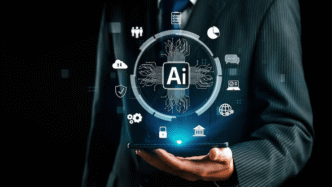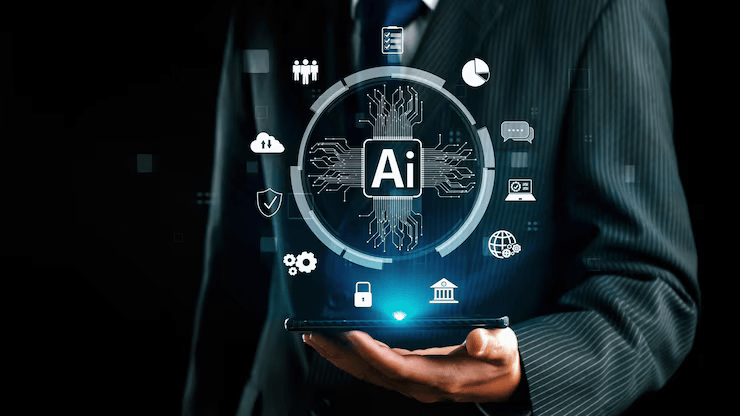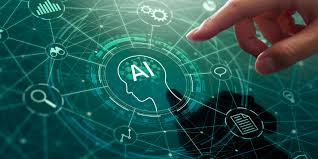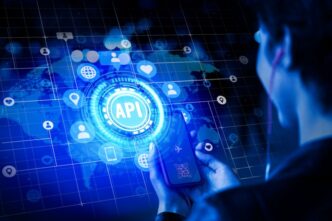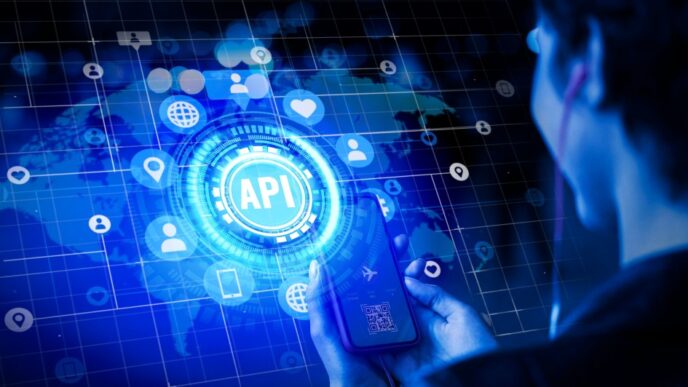The landscape of AI-driven autonomous agents is changing fast, with tools like AutoGPT, AgentGPT, and BabyAGI becoming increasingly popular. While they all utilize large language models (LLMs) to automate various tasks, their methods and capabilities vary quite a bit. In this blog, we’ll explore their main features, use cases, and how they stack up against each other.
What is AutoGPT?
AutoGPT is an open-source AI agent that harnesses the power of GPT-4 (or GPT-3.5) to carry out tasks on its own. Unlike your typical chatbots, AutoGPT can self-prompt, which means it can come up with and execute multi-step actions without needing constant human guidance.
Key Features:
Self-prompting: Breaks down complex goals into manageable subtasks.
Internet access: Can browse the web for up-to-date information.
File operations: Reads, writes, and modifies files as needed.
Memory integration: Utilizes vector databases to retain context.
Best For:
Research automation
Content generation
Business process automation
What is AgentGPT?
AgentGPT is a web-based autonomous AI agent that lets users set goals and allows the AI to tackle them step-by-step. Unlike AutoGPT, AgentGPT operates directly in the browser, making it more user-friendly for those who aren’t tech-savvy.
Key Features:
No installation needed: Runs right in your browser.
Goal-oriented execution: Breaks tasks into actionable steps.
Limited memory: Depends on session-based context.
Best For:
Quick task automation
Brainstorming & planning
Lightweight AI assistance
What exactly is BabyAGI?
BabyAGI, or Baby Artificial General Intelligence, is an autonomous agent built on Python that’s all about getting things done through tasks. It’s designed to generate tasks recursively, which means it keeps coming up with and prioritizing new tasks based on what it has already accomplished.
Key Features:
– Task-driven execution: It operates in a loop to create and finish tasks.
– Integration with OpenAI & vector databases: This helps it store context for long-term memory.
– Minimal UI: You’ll need some coding skills to customize it.
Best For:
– Developers & AI researchers
– Automating long-term projects
– Experimenting with autonomous agents
Comparison Table
| Feature | AutoGPT | AgentGPT | BabyAGI |
|——————|—————|—————|—————|
| Setup | Local/Cloud | Browser-based | Python script |
| Autonomy | High | Medium | High |
| Memory | Vector DB | Session-based | Vector DB |
| Best For | Complex tasks | Quick tasks | Recursive tasks |
Which One Should You Use?
If you’re a developer or an advanced user, AutoGPT or BabyAGI will give you more control. For those looking for no-code automation, AgentGPT is the easiest to dive into. And if you need to manage tasks recursively, BabyAGI really shines with its continuous task generation. Each tool has its own strengths, so the best choice really depends on your technical skills and what you need it for. As AI agents continue to develop, we can look forward to even more powerful and user-friendly options in the near future.“To understand how these AI agents function at a deeper level, check out our guide on how AI agents work.”
